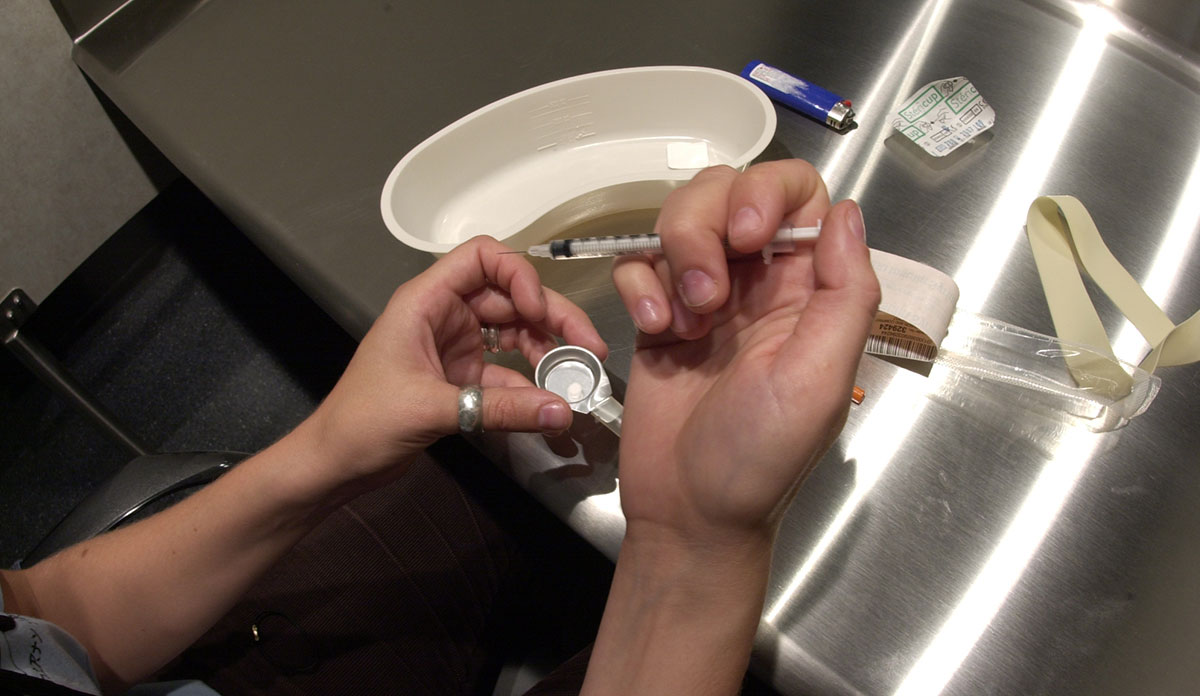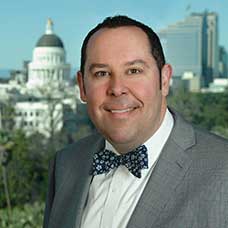PHP Fellow Qing Wai Wong spoke with Cory Salzillo, Legislative Director of the California State Sheriffs’ Association about AB 186, which proposes allowing for the creation of safe injection facilities in California. Here are highlights from their conversation, in day four of our week-long series on supervised injection facilities (SIFs).
Assembly Bill 186
Cory Salzillo: The bill as it currently sits is limited to a pilot program in I believe eight counties and cities within those counties. They’re permitted to establish and operate a safer drug consumption program which is how it’s described in the bill in California. It doesn’t require the creation of any of these sites and it leaves it to the discretion of the local entity, so if one of the named counties wants to create one of these sites they can. If they don’t want to, they are not required to do so.
Government-sanctioned drug use
CS: Our concerns are that on a general policy basis it sends the wrong message about drug use. It normalizes drug use, particularly hard drugs, heroin, things like that. And I mean effectively the government, at least in California in AB186, is basically sanctioning these programs where people can come and inject hard drugs. And so, it’s basically saying it’s okay to come do this, here’s a place where you can do this.
Liability
CS: We are excluding [users] from criminal liability for certain violations of California law even though federal law remains in place in terms of the use, possession, and consumption of certain controlled substances. We also think the bill as it’s drafted in California, and I’m speaking more specifically to the bill, because that’s what’s before us, is it potentially creates liability. For example, if a person comes to the site and overdoses—how is that treated? Can the family of that person sue? Can the person himself, if he or she survives, sue?
Safe to leave?
CS: I think perhaps the bigger issue is that you may have liability when a person comes to the site, follows all the rules, whatever the rules are in place, consumes a substance and is under the influence, and then perhaps leaves and drives away. Now there’s nothing that, in the bill as I read it, that basically absolves the person from criminal liability for driving under the influence. But, I think you could argue, if you go to this site, you consume a substance, you leave the site, and you’re under the influence—there’s a question of whether or not should the staff have let you leave. You know, I mean there’s no control in the bill over how long you have to stay before you can leave. There’s nothing that says you’ve got to wait an hour. There’s nothing that says you have to no longer be intoxicated.
I don’t know that they can mandate that you stay in a place but again it raises this question of well how do you predict, or at least try to guarantee that someone who comes and utilizes this service does not shoot up, get in their car, drive off, and then cross four lanes of traffic and plow into a car head on. And again, that happens every day unfortunately, with or without the notion of a safe injection site, but what this bill does potentially is it raises the specter that sort of behavior could be linked to something that government has sanctioned. That’s I think the concern is that now you have, if you’re going to have one of these sites, that’s a concern for the city or the county approves this sort of thing.
Role of police in harm reduction
CS: I think there are lots of things to be considered but not, again, coming out and saying that here’s a “safe place” to use controlled substances. At least for the Sheriffs’ Association, that doesn’t fall in the spectrum. Obviously, there’s treatment options, there are, I think, ways to address potentially through diversion that if a person is suffering from addiction or something like that and they potentially commit a crime, there are ways, whether it’s through specialty court or whether it’s through some sort of program or something, ways to address those people who are using substances. But that doesn’t involve saying here’s a safe place for you to consume your controlled substance.
I think lots of people—treatment professionals, prescribing physicians, law enforcement—have a role in dealing with the dangerous drugs that are on the streets and available. It’s not clear how this particular approach lends itself to addressing the opioid crisis. We appreciate and understand that there is a significant opioid crisis, we’ve supported bills to address the rise and the use of fentanyl, that’s just one particular outcropping of it. But I think, certainly drug recognition, what it means to deal with those things, treatment, opportunities, and custodial facilities, those are all part of what sheriffs undertake in terms of their responsibilities. [Law enforcement] plays a role. Whatever the role is or isn’t, it certainly doesn’t seem that encouraging more drug use is the way go.
Feature image courtesy of the California State Sheriff’s Association.










